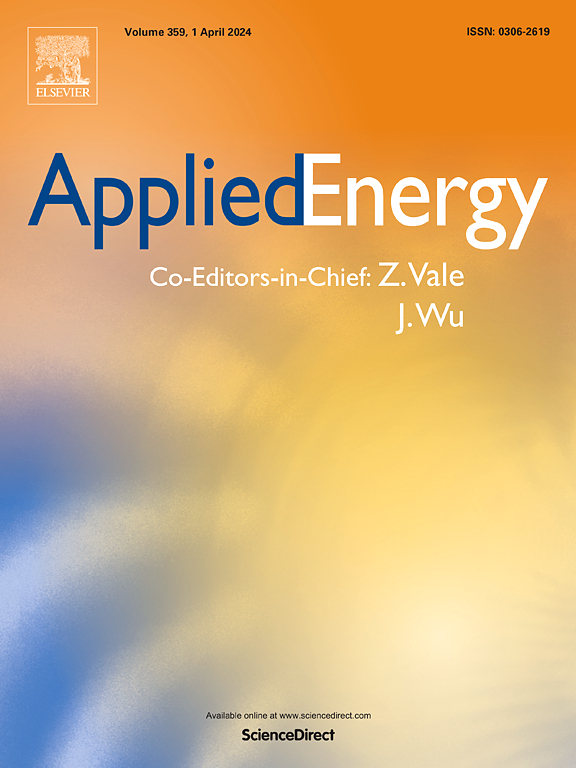Evolution of current distribution and performance degradation mechanism of PEMFC during transient loading under gas starvation condition: An experimental study
IF 10.1
1区 工程技术
Q1 ENERGY & FUELS
引用次数: 0
Abstract
Automotive proton exchange membrane fuel cell (PEMFC) is subject to frequent variations in operating conditions, and gas starvation can lead to dramatic performance deterioration. In this study, the effects of anode gas starvation and cathode gas starvation, as well as simultaneous anode and cathode gas starvation, on the dynamic response process of the PEMFC were innovatively evaluated. Furthermore, this study provides a thorough examination of the mechanism underlying the performance deterioration of PEMFC during gas starvation by creatively combining segmented PEMFC with electrochemical characterization techniques. It is found that under the gas starvation condition, the current distribution exhibited a gradual decrease from the gas inlet to downstream regions, while the gas outlet region displayed a higher current density, indicating voltage reversal phenomena in that area. Compared to anode gas starvation, cathode gas starvation has a greater negative impact on the dynamic response to current loading and has a more significant voltage reversal in the gas outlet region. Analysis by means of electrochemical characterization revealed that the charge transfer resistance in EIS increased from 12.46 mΩ to 14.27 mΩ, representing the decrease in catalyst activity, while the mass transfer resistance increased from 6.07 mΩ to 6.72 mΩ, representing the structural damage in the membrane electrode due to gas starvation hindering mass transfer.
求助全文
约1分钟内获得全文
求助全文
来源期刊

Applied Energy
工程技术-工程:化工
CiteScore
21.20
自引率
10.70%
发文量
1830
审稿时长
41 days
期刊介绍:
Applied Energy serves as a platform for sharing innovations, research, development, and demonstrations in energy conversion, conservation, and sustainable energy systems. The journal covers topics such as optimal energy resource use, environmental pollutant mitigation, and energy process analysis. It welcomes original papers, review articles, technical notes, and letters to the editor. Authors are encouraged to submit manuscripts that bridge the gap between research, development, and implementation. The journal addresses a wide spectrum of topics, including fossil and renewable energy technologies, energy economics, and environmental impacts. Applied Energy also explores modeling and forecasting, conservation strategies, and the social and economic implications of energy policies, including climate change mitigation. It is complemented by the open-access journal Advances in Applied Energy.
 求助内容:
求助内容: 应助结果提醒方式:
应助结果提醒方式:


